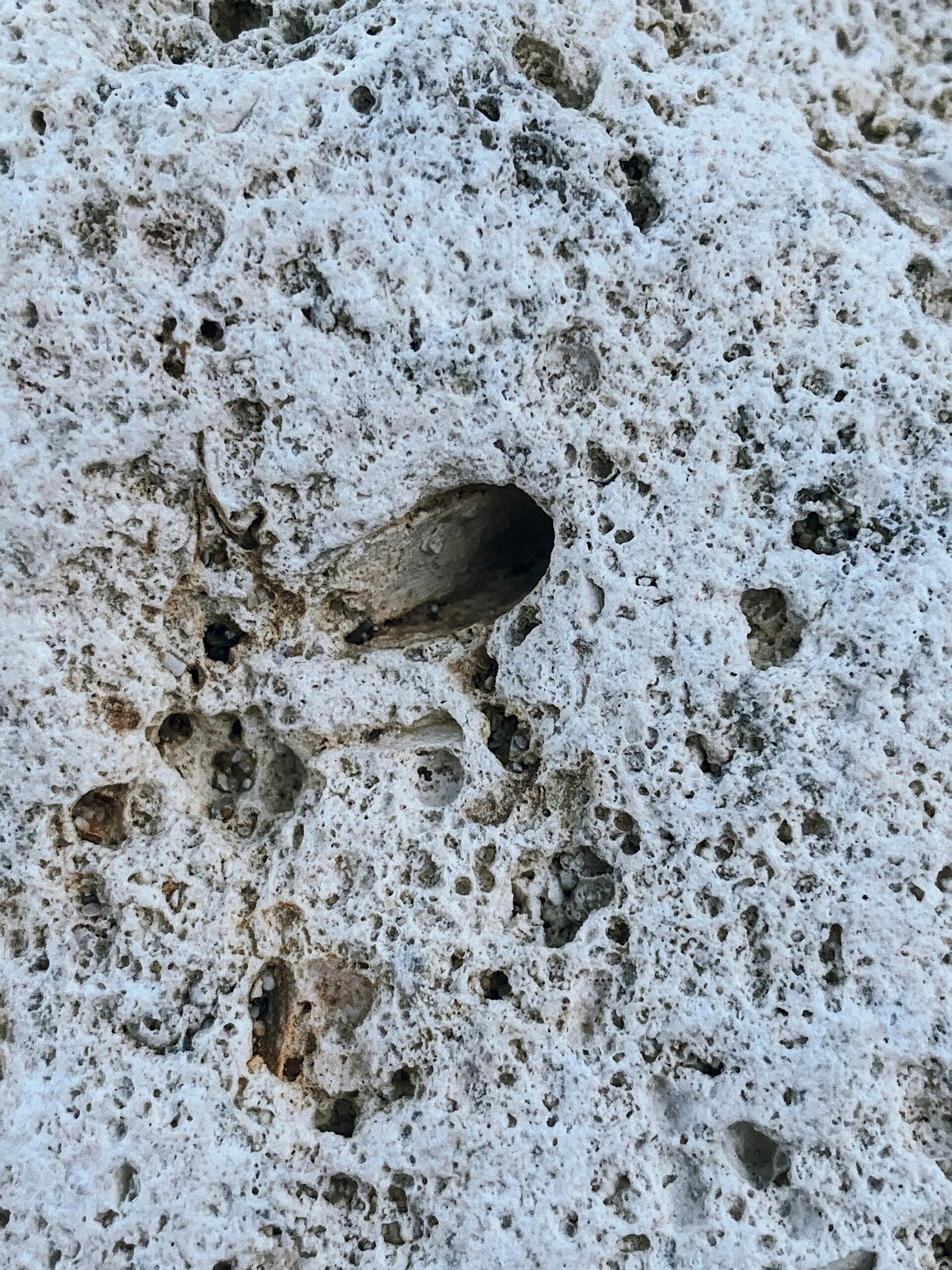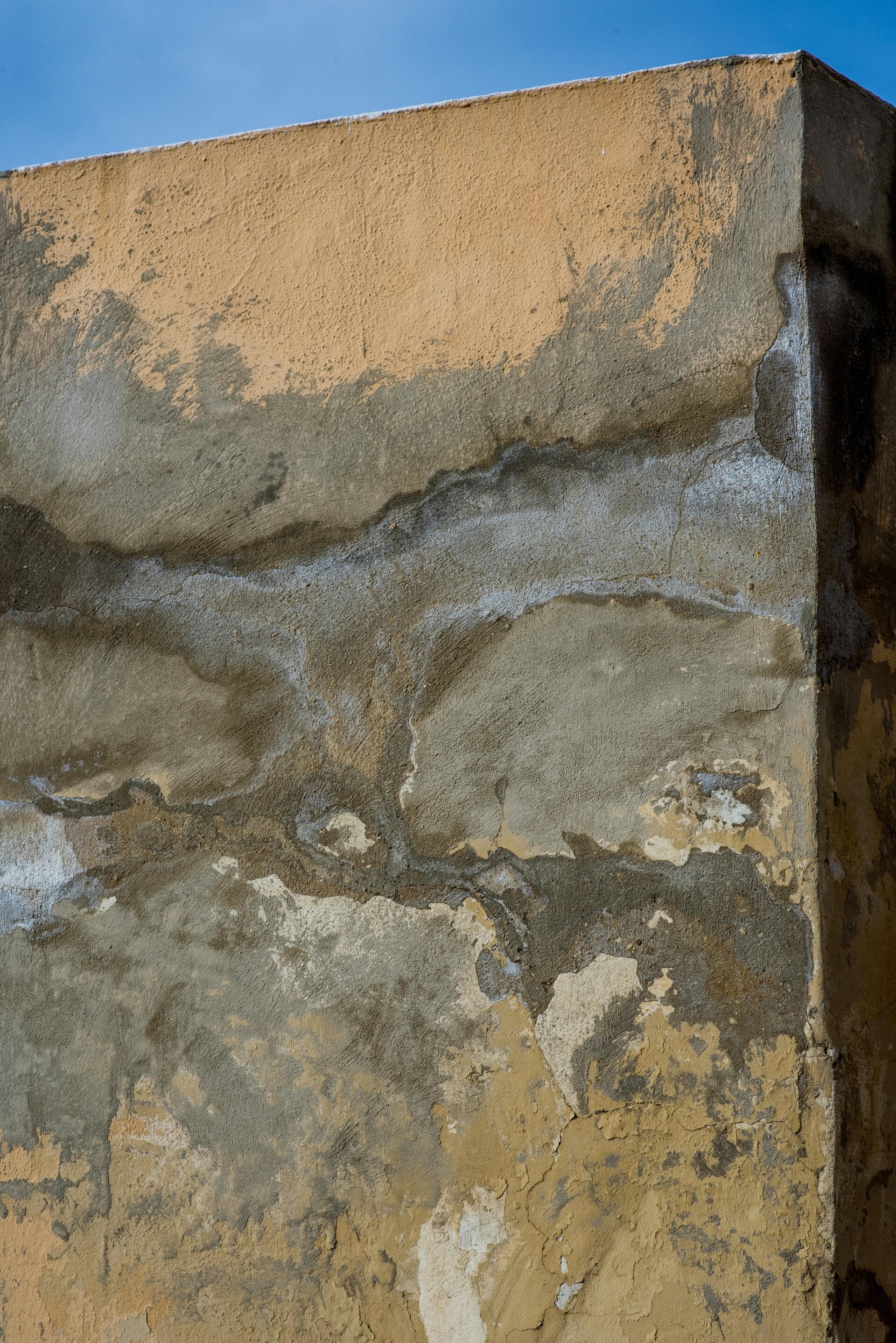What is Cappilary Action?
Capillary action (sometimes called capillarity, capillary motion, capillary rise, capillary effect, or wicking) is the process of a liquid flowing in a narrow space without the assistance of external forces like gravity.
The effect can be seen in the drawing up of liquids between the hairs of a paint brush, in a thin tube such as a sraw, in porous materials such as paper and plaster and timbe4.
It occurs because of intermolecular forces between the liquid and surrounding solid surfaces. If the diameter of the tube is sufficiently small, then the combination of surface tension (which is caused by cohesion within the liquid) and adhesive forces between the liquid and container wall act to propel the liquid.

Understanding Capillarity

Most building materials such as bricks, timber, plasters & renders are what we term as "porous", meaning moisture can passage through those pores via capillary action. Older buildings do contain a lot of moisture, and it is for us to manage that moisture, thinking we can stop or block it is simply wrong. Whereas understanding nature, and using that to our advantage is very sensible.
Lime plaster is natural in capillarity, whereas gypsum isn't, so one is your building's friend, one isn't.

Thinking we can stop capillary action by injecting chemicals is just crazy thinking, unless of course you are one of tye unscrupulous businesses profiteering by converting other people's misery into cash.
A common misconception is that modern damp-proofing methods are suitable for old buildings. In reality, these can trap moisture and exacerbate problems. Heritage Lane prioritises moisture vapour permeable materials and traditional techniques that allow for natural moisture movement, preventing long-term damage.
We have capillaries in our bodies, carrying our blood about, need capillaries o to live, so why don't our beautiful old buildingd need cappilaries too?
Slowly now People today are constantly using the word "breathability" to describe paints, plasters, mortars, pretty much everything they can, when houses don't have lungs, but people do, so why isn't there more use of the words "capillaries" and "capillarity" which houses do have, and people do have? 🤔
There are an awful lot of words now being used which are simply wrong; "cemeticious" is another good one - a "cement" is a binding agent, a "glue" but of course today it's used predominantly to refer to products containing Ordinary Portland Cement, and according to the Oxford English Dictionary, has been used to describe " cement" since the 1820's which begs a few questions really: Joseph Aspdin gained the patent for cement on the 21st October 1824, which does fit in with the OED's claim, but lime was in far greater use for thousands of years before that, and lime has been used for thousands of years as a binding agent, AKA a glue so why is lime not included as "cementicious"? Maybe that might really confuse conservation officers who seem to get a kick out of using big words these days 🤣